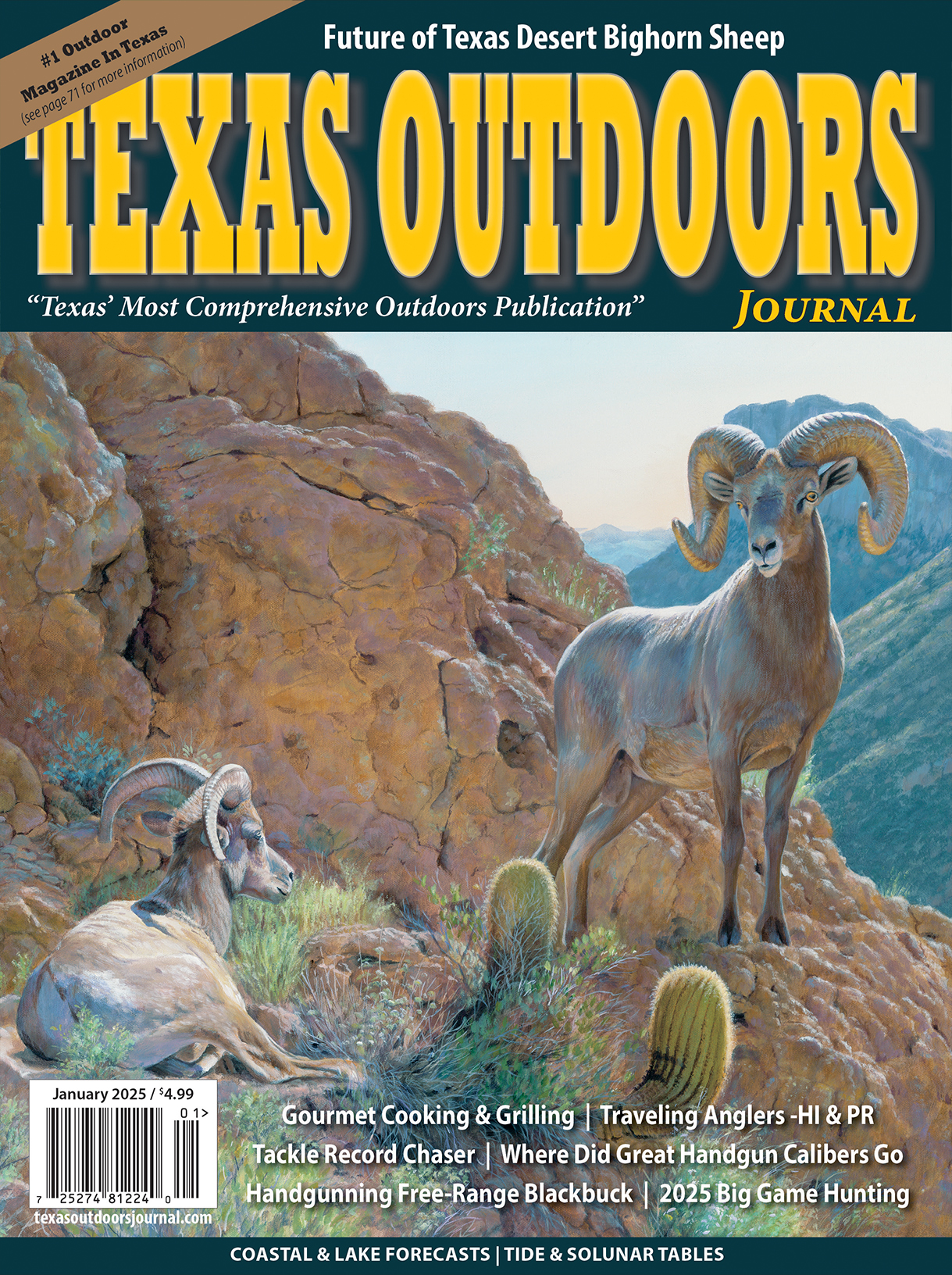
National Laboratory Does Not Confirm Chronic Wasting Disease at Kerr Wildlife Management Area Research Facility
AUSTIN — The National Veterinary Service Laboratories (NVSL) in Ames, Iowa recently notified Texas Parks and Wildlife Department (TPWD) that additional testing at their facility did not confirm a suspect-positive case of Chronic Wasting Disease (CWD) in a 14-month-old captive male white-tailed deer at the Kerr Wildlife Management Area (WMA) research facility.
The sample from the 14-month-old buck was collected in October during ante-mortem testing of all captive white-tailed deer as part of on-going research at the Kerr WMA. Samples were submitted to the Texas A&M Veterinary Medical Diagnostic Lab (TVMDL), working in conjunction with the Wisconsin Veterinary Diagnostic Lab (WVDL) to address an influx of sample submissions in a timely fashion. The sample was processed by WVDL, and the staining observed by their staff was confirmed by TVMDL via digital images of the slide. As required by federal regulation, WVDL forwarded the sample from the Kerr WMA as a suspect positive for CWD to NVSL for confirmatory testing.
October’s ante-mortem testing followed a previous presumptive positive RT-QuIC (real time quaking-induced conversion) test result from a doe in early 2023. This RT-QuIC detection spurred additional research investigations and amplification testing on additional deer, equipment, water, and feed sites within the facility. Although no confirmed detections were obtained from regulatory tests on any deer, the second round of RT-QuIC environmental evaluations at the facility did detect the presence of prions in some environmental samples.
Out of an abundance of caution, TPWD staff euthanized all deer in the research facility prior to receiving confirmation from NVSL and collected post-mortem samples in November, which resulted in no additional detections. TPWD has immediate plans to utilize RT-QuIC and protein misfolding cyclic amplification (PMCA) to conduct a third round of environmental sampling at the facility and evaluate postmortem tissues from all the animals euthanized from the facility. This is an extremely rare occurrence in which TPWD has not received confirmation from NVSL following a suspect immunohistochemistry positive result.
“While TPWD staff is disappointed in abruptly ending use of the research herd, the department knew it was essential to immediately eliminate the likelihood of amplifying the disease threat within the captive facility,” said Wildlife Division Director, John Silovsky. “Additionally, it also reduces the risk of potentially transmitting CWD to the surrounding WMA property and neighboring landowners. Early detection and containment of the disease are key components of CWD management.”
The WMA will also continue mandatory testing of all hunter-harvested deer on the property. Furthermore, it has implemented carcass disposal and movement restrictions despite the absence of a formal CWD surveillance zone.
CWD is a fatal neurological disease found in certain cervids including deer, elk, moose, and other members of the deer family. This slow, progressive disease may not produce visible signs in susceptible species for several years after infection. As the disease process continues, animals with CWD may show changes in behavior and appearance. Clinical signs may include progressive weight loss, stumbling or tremors with a lack of coordination, loss of appetite, teeth grinding, abnormal head posture and/or drooping ears, and excessive thirst, salivation, or urination.
CWD has an incubation period that can span years, so the first indication of the disease in a herd is often found through surveillance testing rather than observed clinical signs. Early detection and proactive monitoring improve the state’s response time to the detection of CWD and can greatly reduce the risk of further disease spread.
In Texas, the disease was first discovered in 2012 in free-ranging mule deer along a remote area of the Hueco Mountains near the Texas-New Mexico border. CWD has since been detected in Texas captive and free-ranging cervids, including white-tailed deer, mule deer, red deer, and elk.
For more information on previous detections in Texas and CWD best management practices for hunters and landowners, visit TPWD’s CWD page. For more information about the Kerr WMA and research projects visit Kerr WMA web page.







